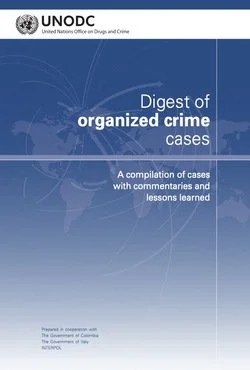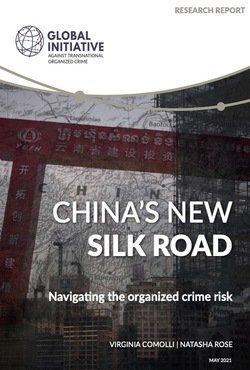By ENACT
As COVID-19 dominates the world’s stage, nearly every aspect of society has been affected by the deadly pandemic. While the impact of the contagion on countries’ economies, social cohesion, health and security has been widely reported on, less is known about its influence on criminal dynamics. The pandemic has not only become a central component of the everyday lives of Africans, but has also revealed the important role the continent plays in the global economy – both licit and illicit. COVID-19 measures have posed a double burden on African countries by heavily challenging people’s economic livelihood and restricting the freedom of movement of Africans, while also challenging governments in how they balance the need to address the health crisis with the provision of services and security amid declining economies. In this context, organised crime in Africa has evolved and taken advantage of the confusion and frustration wrought by the pandemic; it has filled in the gaps left by state institutions, by both adapting its illicit activities in order to circumvent COVID restrictions and providing new sources of livelihoods and parallel services. Institutional responses to stop the spread of the virus have had a profound impact on movement, trade and business, including in black markets and shadow economies. In Africa, COVID-19 was slower to take effect than in other parts of the world, and even though the continent has had experience in handling other major viral epidemics, the health, economic and security systems of many countries on the continent have found themselves ill-equipped to face the particular challenges posed by the COVID-19 pandemic. As legitimate businesses suffered extensive losses across the continent, people increasingly turned to the informal and illicit economies for alternative sources of livelihood. Meanwhile, those already vulnerable to exploitation become even more at risk due to the paucity of economic opportunities available to them and the isolating restrictions put in place in the interest of public health. While the closure of borders may have restricted illicit flows within and across countries in the short term, over the course of the pandemic, it has become clear that organised crime has found ways to adapt and bypass controls throughout Africa, with illicit activities continuing, often more covertly than ever before. As states diverted their attention and resources to curbing viral spread, new opportunities emerged for criminal groups to exploit gaps in service delivery and communities’ economic vulnerability, enabling them to expand their activities unchecked. For example, with limits on in-person interactions, illicit activities have increasingly shifted online, while cases of counterfeit, substandard and illegally diverted pharmaceuticals have been on the rise, marketed as ‘cures’ for COVID-19.
ENACT (Africa), 2021. 160p.





















